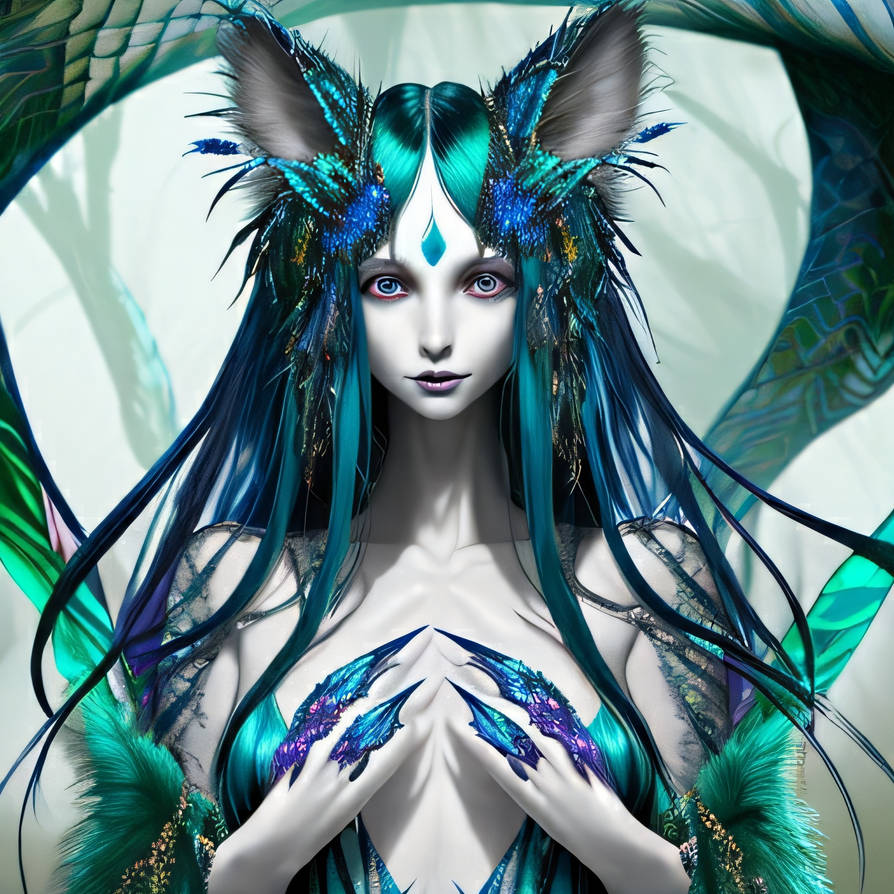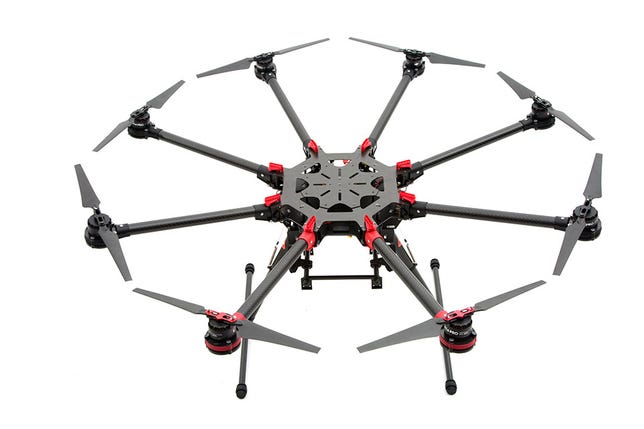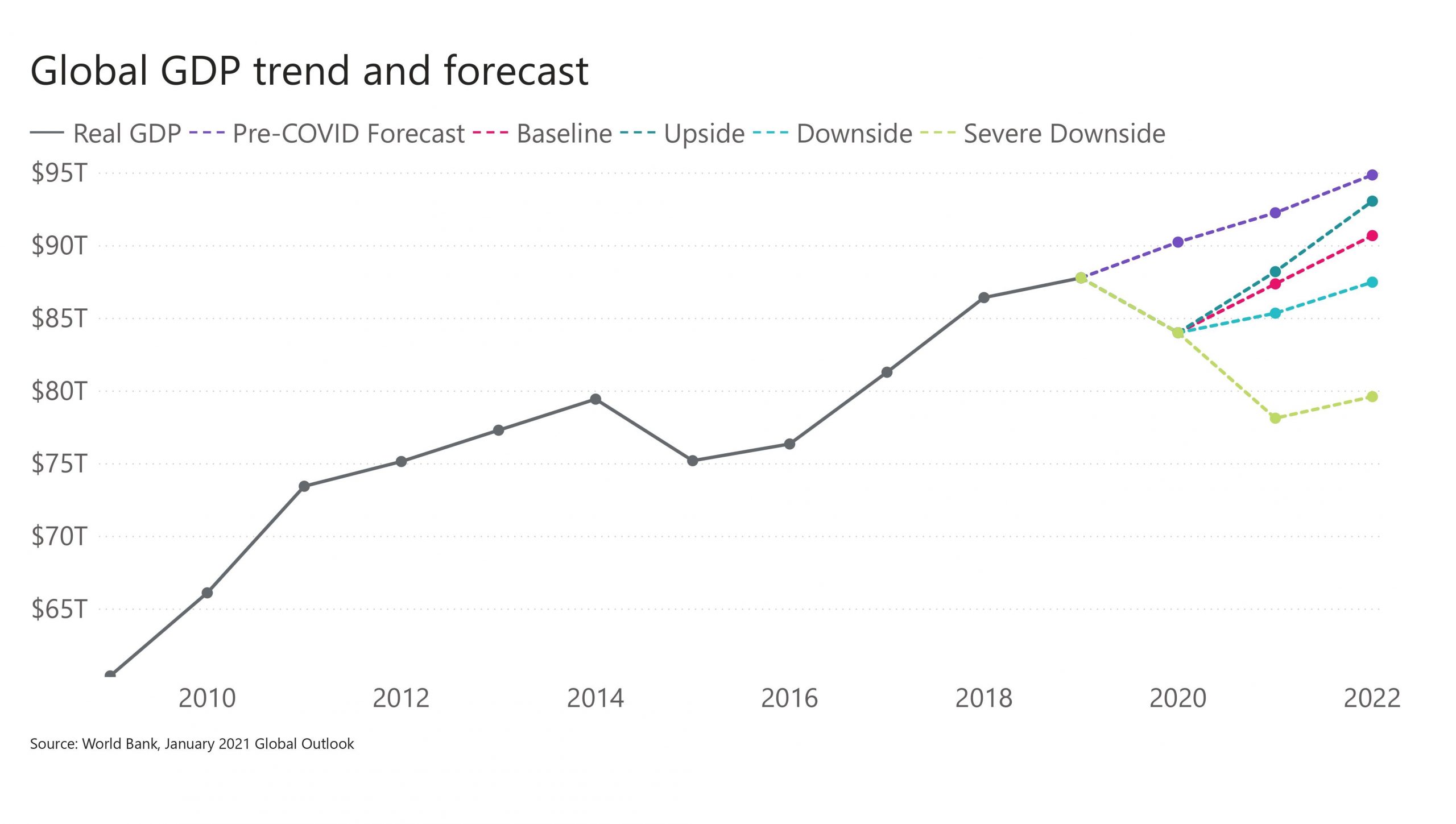Monstrous Beauty: Challenging Traditional Views Of Chinoiserie – The Met Exhibit

Table of Contents
Redefining Chinoiserie: Beyond Simple Imitation
The exhibition masterfully dismantles the traditional view of Chinoiserie as mere imitation, showcasing the creative reinterpretations and innovations by European artists. It moves beyond the superficial, revealing a vibrant exchange of artistic ideas and techniques.
-
The agency of Chinese artisans: The exhibit highlights the active role of Chinese artisans in the creation of Chinoiserie objects, revealing a negotiation of cultural boundaries rather than a one-sided appropriation. The intricate details and unique styles often reflect a blending of Chinese and European artistic sensibilities.
-
Innovative hybrid forms: "Monstrous Beauty" presents examples of innovative hybrid forms and styles, such as the incorporation of Chinese porcelain motifs into European furniture design or the adaptation of Chinese lacquer techniques to European decorative arts. These hybrid creations demonstrate a more nuanced understanding of the artistic process, showing it as a dynamic dialogue rather than a simple copying exercise.
-
Blurring the lines: The exhibition emphasizes the deliberate blurring of lines between original and copy, authentic and artificial. This challenges the viewer to reconsider the very nature of artistic creation and cultural exchange within the context of 18th-century globalization. The careful juxtaposition of pieces highlights the complex interplay of influence and adaptation.
The "Monstrous" Element: Exploring Exoticism and the Sublime
The exhibition's title, "Monstrous Beauty," is key to understanding its central argument. It explores the use of "monstrous" elements—grotesque forms, fantastical creatures, and exaggerated features—within Chinoiserie art. These elements weren't simply defects; they were integral to the aesthetic.
-
Exoticism and the sublime: The "monstrous" aspects contributed to the perception of China as both alluring and unsettling, simultaneously exotic and sublime. This duality fuelled the European imagination and contributed to the enduring fascination with Chinese aesthetics.
-
Artworks featuring monstrous elements: The exhibit showcases several artworks featuring these elements, such as porcelain depicting fantastical creatures or furniture incorporating grotesque masks. These pieces are analyzed to reveal their symbolic meaning and their role in constructing a particular image of China.
-
Imagination and fantasy: The role of imagination and fantasy in shaping European perceptions of China is a critical aspect of the exhibition's narrative. The "monstrous" allowed for a creative exploration of the unknown, fueled by limited direct contact and the allure of the distant East.
Cultural Exchange and its Complexities
"Monstrous Beauty" acknowledges the complex power dynamics inherent in the cultural exchange between Europe and China. It avoids romanticizing the process, presenting a more critical examination of its historical context.
-
Colonialism and trade: The exhibition examines the influence of colonialism and the burgeoning global trade networks on the creation and reception of Chinoiserie. The economic and political realities of the time significantly shaped the artistic exchange.
-
European perceptions of China: The exhibition explores how Chinoiserie both reflected and shaped European perceptions of China and its people. It highlights the often-biased and stereotypical representations that arose from this interaction.
-
Limitations and biases: "Monstrous Beauty" doesn't shy away from discussing the limitations and biases embedded within these representations. It offers a critical lens through which to view both the artistic creations and the historical context in which they were produced.
Key Artists and Masterpieces Featured
The exhibition features works by significant artists and showcases iconic pieces.
-
Jean-Antoine Fragonard: His paintings often incorporated Chinoiserie elements, blending European Rococo style with Eastern motifs. The exhibit likely displays examples of his decorative panels or smaller-scale works that demonstrate his use of chinoiserie aesthetic.
-
François Boucher: Known for his elegant and sensual paintings, Boucher also frequently incorporated Chinese themes and styles into his work. His use of color and composition exemplifies the appropriation and reinterpretation of Chinese aesthetics.
-
Porcelain and lacquerware: The exhibition showcases a range of porcelain and lacquerware objects, highlighting the exquisite craftsmanship and the artistic innovations that resulted from the cultural exchange. These objects often serve as prime examples of the hybrid artistic forms discussed earlier. Specific examples like specific porcelain vases or lacquer screens would be identified in exhibit descriptions.
-
Furniture and decorative arts: Examples of furniture and decorative arts that incorporate Chinoiserie elements are included, showing how these aesthetic choices extended beyond paintings and smaller objects.
Conclusion
"Monstrous Beauty" at The Met provides a compelling and necessary revision of Chinoiserie, moving beyond simplistic narratives of imitation to reveal a richer, more complex history of cultural exchange. By exploring the "monstrous" aspects and acknowledging the inherent power dynamics, the exhibition offers a fresh perspective on this significant artistic movement. Don't miss the opportunity to experience this groundbreaking exhibition and challenge your own understanding of Chinoiserie. Visit The Met and engage with the fascinating world of "Monstrous Beauty" firsthand!

Featured Posts
-
 Michael Jordans Support For Denny Hamlin You Boo Him That Makes Him Better
Apr 28, 2025
Michael Jordans Support For Denny Hamlin You Boo Him That Makes Him Better
Apr 28, 2025 -
 Aaron Judges Wife Samantha Gives Birth Babys Name And First Photo Revealed
Apr 28, 2025
Aaron Judges Wife Samantha Gives Birth Babys Name And First Photo Revealed
Apr 28, 2025 -
 Chinas Tariff Exemptions Some Us Products Get A Break
Apr 28, 2025
Chinas Tariff Exemptions Some Us Products Get A Break
Apr 28, 2025 -
 T Mobile To Pay 16 Million For Data Security Failures Over Three Years
Apr 28, 2025
T Mobile To Pay 16 Million For Data Security Failures Over Three Years
Apr 28, 2025 -
 Alberta Faces Economic Blow From Dows Delayed Megaproject
Apr 28, 2025
Alberta Faces Economic Blow From Dows Delayed Megaproject
Apr 28, 2025
